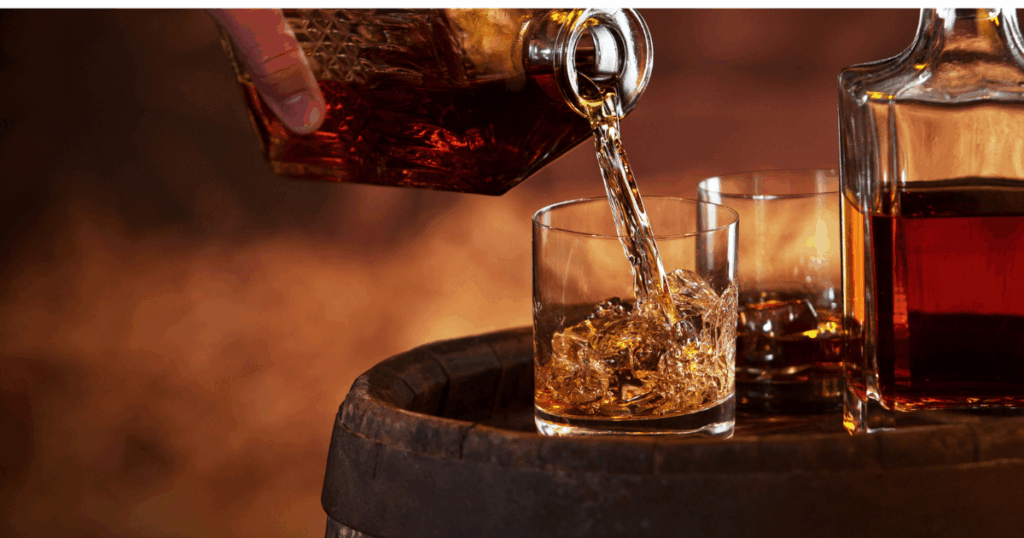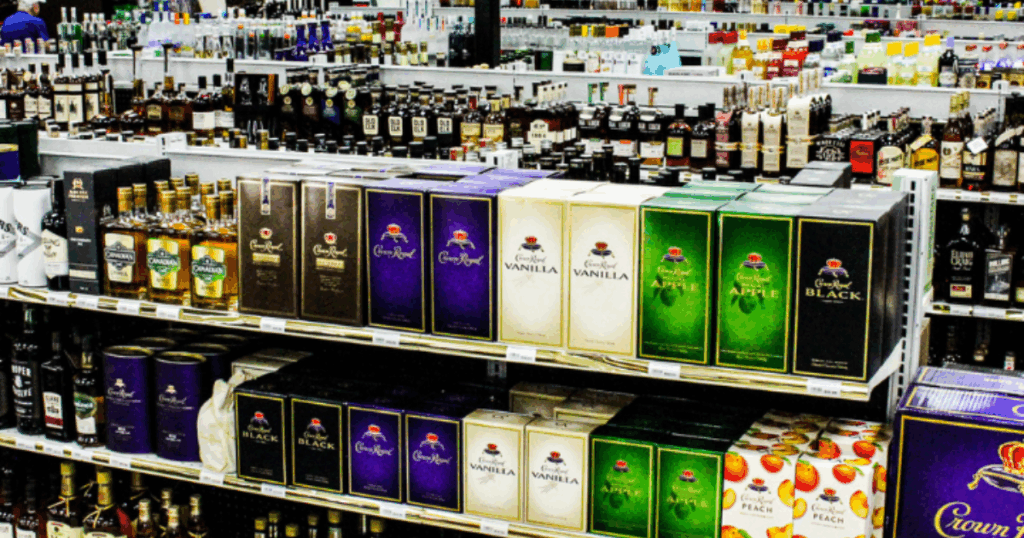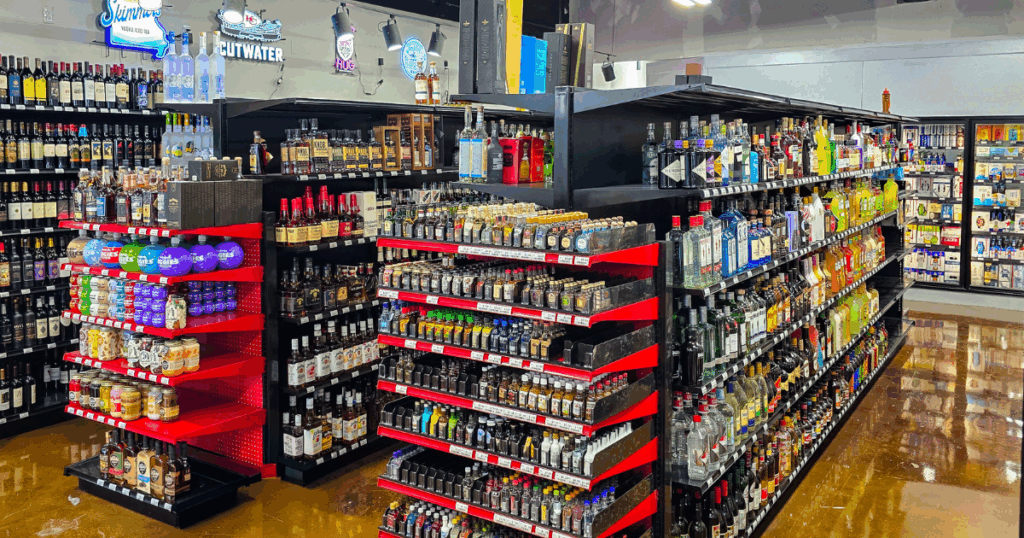When it comes to enjoying a drink, whether it’s wine, whiskey, or a classic cocktail, the type of glass you choose might seem like an afterthought. However, glassware plays a significant role in shaping your drinking experience. From enhancing aromas to influencing the way a beverage feels on your palate, the right glass can elevate your enjoyment. But does it really matter? Let’s dive into the science and art of glassware and explore how it impacts the way we taste and appreciate our favorite beverages.
The Science Behind Glassware
The design of a glass can significantly influence how a drink’s aromas and flavors are perceived. Here’s how:
- Aroma Concentration:
- Many beverages, especially wine and spirits, release volatile compounds that contribute to their aroma. A well-designed glass captures and concentrates these compounds, enhancing the olfactory experience.
- Temperature Control:
- The shape and thickness of a glass can affect how quickly a beverage warms up or cools down. For instance, thin-stemmed wine glasses minimize heat transfer from your hand to the wine.
- Surface Area:
- A wider bowl increases the surface area of the liquid, allowing for better aeration. This is particularly important for red wines, which benefit from exposure to oxygen.
- Flow and Delivery:
- The shape of the rim influences how the liquid flows onto your palate, highlighting specific flavor notes. For example, flared rims direct liquid to the tip of the tongue, emphasizing sweetness.
Wine Glasses: A World of Variety
Wine enthusiasts often swear by the importance of using the right glass for each type of wine. While it might seem excessive to have multiple types of wine glasses, there’s logic behind it:
- Red Wine Glasses:
- Design: Larger bowls and wider openings.
- Purpose: Enhances aeration, softens tannins, and emphasizes bold flavors.
- Examples: Bordeaux glasses for Cabernet Sauvignon and Merlot; Burgundy glasses for Pinot Noir.
- White Wine Glasses:
- Design: Smaller bowls and narrower rims.
- Purpose: Preserves delicate aromas and maintains cooler temperatures.
- Examples: Chardonnay glasses for fuller-bodied whites; Sauvignon Blanc glasses for crisp, aromatic whites.
- Sparkling Wine Glasses:
- Design: Tall, narrow flutes.
- Purpose: Retains carbonation and showcases the visual appeal of bubbles.
- Alternatives: Tulip-shaped glasses can enhance aromas while maintaining effervescence.
- Stemless Glasses:
- Design: Modern and casual.
- Purpose: Convenient for everyday use but less effective at temperature control and aroma concentration.
Cocktail Glasses: Form Meets Function
Cocktails come in an array of styles, and the glass you serve them in can affect both aesthetics and practicality:
- Martini Glass:
- Design: Wide, shallow bowl with a long stem.
- Purpose: Keeps the drink cool while providing a sleek presentation for spirit-forward cocktails like the Martini or Cosmopolitan.
- Highball Glass:
- Design: Tall and narrow.
- Purpose: Perfect for mixed drinks with a high proportion of mixers, such as Gin & Tonic or Mojito.
- Rocks Glass (Old Fashioned Glass):
- Design: Short and sturdy.
- Purpose: Ideal for cocktails served over ice, such as the Old Fashioned or Negroni.
- Coupe Glass:
- Design: Rounded bowl with a short stem.
- Purpose: Adds elegance to shaken cocktails like the Daiquiri or Sidecar.
- Shot Glass:
- Design: Small and compact.
- Purpose: Designed for quick consumption of spirits or layered shots.
Glassware for Spirits and Beer
- Whiskey Glasses:
- Glencairn Glass: A tulip-shaped glass designed to concentrate aromas, making it ideal for whiskey tasting.
- Rocks Glass: Perfect for whiskey on the rocks or cocktails like the Whiskey Sour.
- Beer Glasses:
- Pint Glass: Versatile and common, suitable for most beer styles.
- Weizen Glass: Tall and curved, designed for wheat beers to highlight their aromas and frothy heads.
- Snifter: Often used for strong ales and stouts, this glass concentrates complex aromas.
Does Glassware Really Matter?
The short answer is yes—to an extent. While the choice of glassware won’t make or break your enjoyment of a beverage, it can enhance certain aspects of the experience. Here’s why it matters:
- Enhanced Aromas:
- A well-designed glass amplifies a drink’s bouquet, making the tasting experience more immersive.
- Improved Flavor Perception:
- The shape of the glass affects how the drink interacts with your palate, highlighting specific flavor notes.
- Aesthetic Appeal:
- The right glass elevates the presentation, adding to the overall enjoyment.
Practical Tips for Choosing Glassware
- Start with Basics:
- A few versatile glasses, such as wine glasses with medium-sized bowls and sturdy rocks glasses, can cover most needs.
- Consider Your Preferences:
- Tailor your glassware collection to the beverages you enjoy most.
- Quality Over Quantity:
- Invest in high-quality glasses that enhance the drinking experience rather than amassing a large collection.
- Care and Maintenance:
- Proper cleaning and storage are essential to preserve the clarity and integrity of your glassware.
Conclusion
While glassware may seem like a small detail, it has a profound impact on the way we perceive and enjoy our beverages. The right glass enhances aromas, flavors, and presentation, transforming a simple drink into a memorable experience. Whether you’re a casual sipper or a dedicated connoisseur, experimenting with different types of glassware can add a new dimension to your drinking rituals. So, raise the right glass and toast to the perfect pairing of form and function. Cheers!






